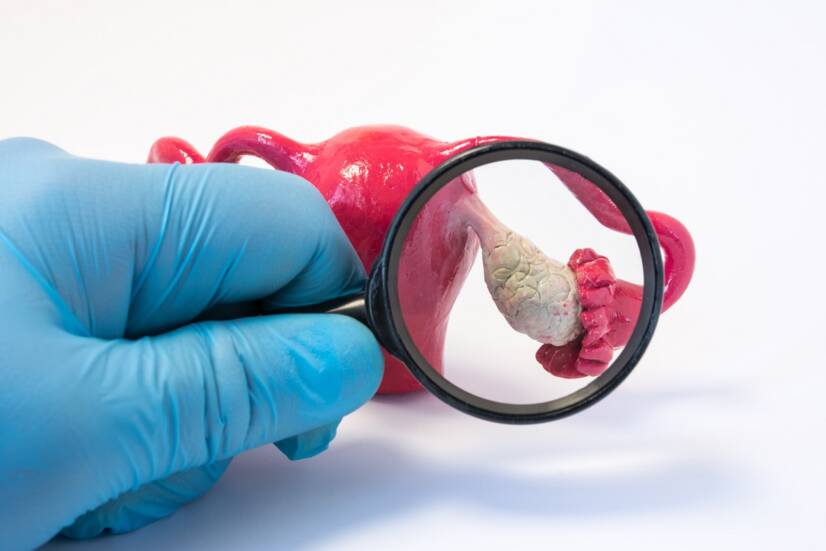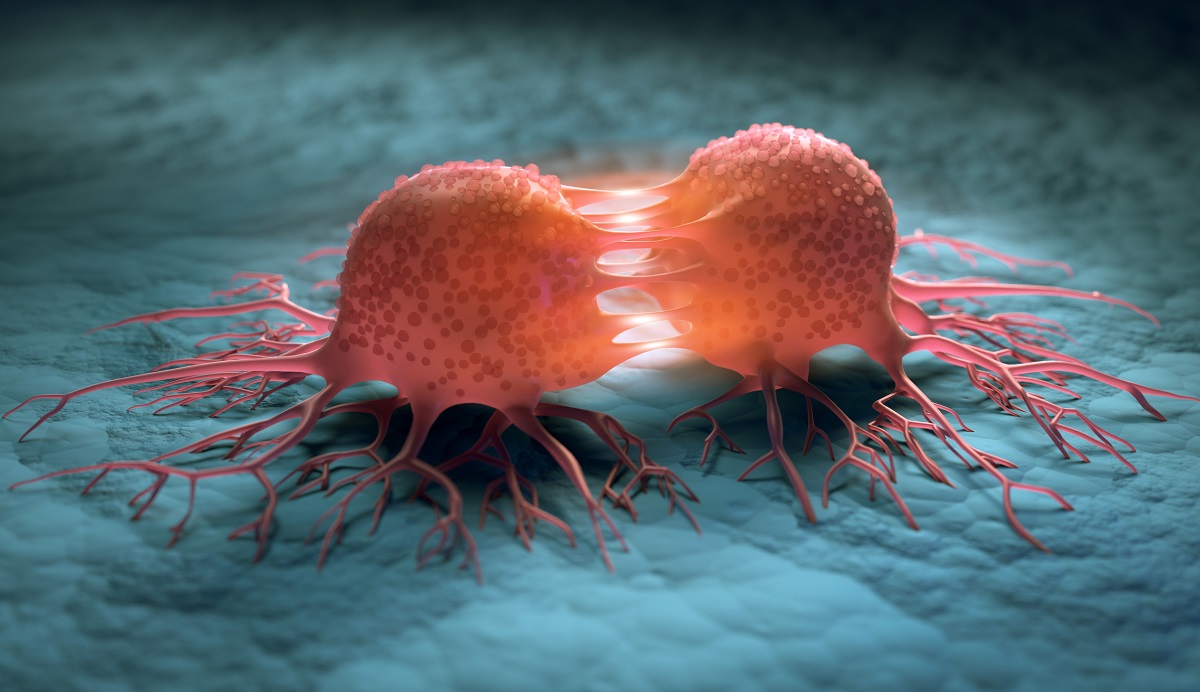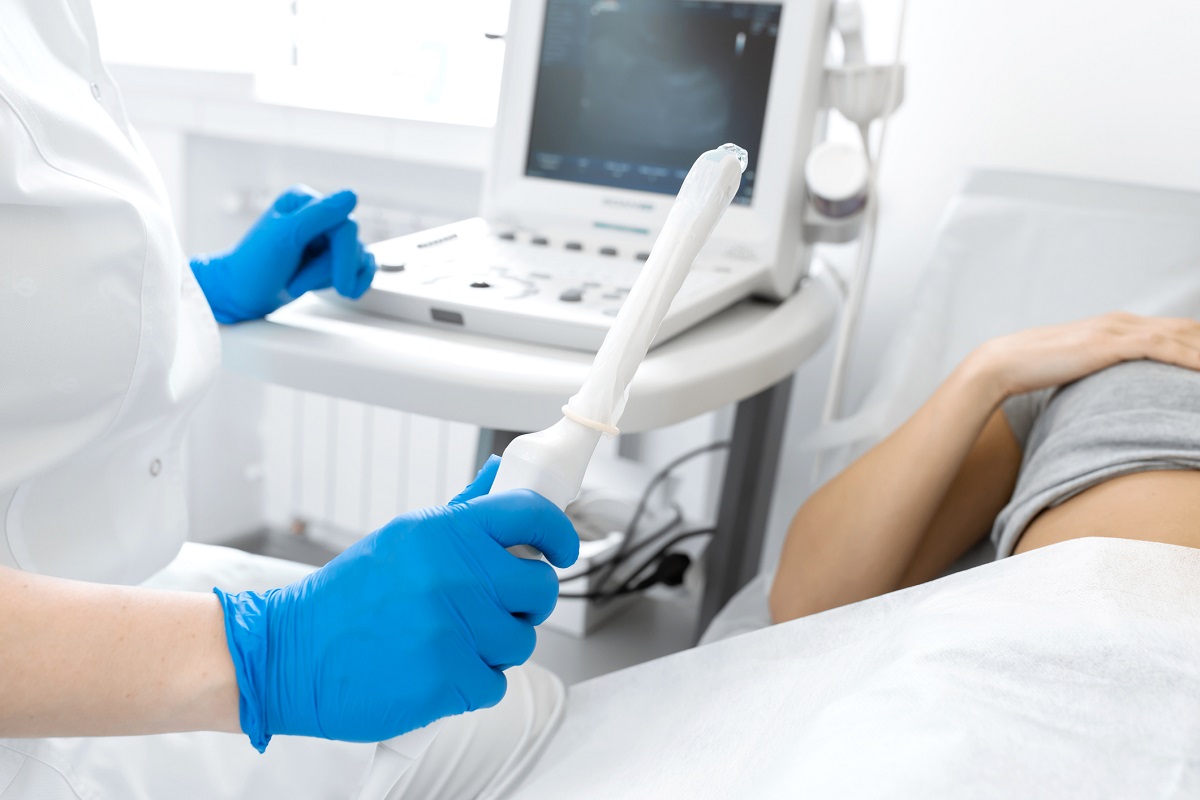- unibook.upjs.sk - Fundamentals of Oncogynecology, MUDr. Ján Varga, Ph.D., MHA.Faculty of Medicine, University of Applied Sciences in Košice
- noisk.sk - Ovarian cancer, ESMO Guide for patients based on ESMO recommendations from clinical practice.
- onkoinfo.sk - Ovarian cancer, website of patient associations and partners.
- In Czech
- healthline.com - What are the early signs of ovarian cancer and how to protect yourself, by Ann Pietrangelo, reviewed by Krystal Cascetta, M.D.
- nhs.uk - Symptoms of ovarian cancer
- medicalnewstoday.com - What is ovarian cancer? Yvette Brazier Reviewed by Yamini Ranchod, Ph.D., M.S.
- mayoclinic.org - Ovarian Cancer, Author.
Ovarian cancer. Early diagnosis saves life: How to detect it?

Photo source: Getty images
Most common symptoms
- Malaise
- Thickening of the voice
- Vaginal Discharge
- Flank Pain
- Abdominal Pain
- Ovulation pain
- Lower Abdominal Pain
- Groin Pain
- Back Pain
- Frequent urination
- Frequent urge to urinate
- Cramps in the abdomen
- Spirituality
- Constipation
- Diarrhoea
- Gaining weight
- Flatulence - bloating
- Sweating
- Bloating - flatulence
- Indigestion
- Nausea
- Heartburn
- Menstrual cycle disorders
- Fatigue
- Vaginal discharge
- Water in the abdomen
- Vomiting
- Long menstrual bleeding
- Enlarged lymph nodes
- Increased body temperature
Show more symptoms ᐯ
Treatment of ovarian cancer: surgical and oncological + prognosis
Show moreOvarian cancer is treated by
Other names
Ovarian cancer, ovarian cancer
















